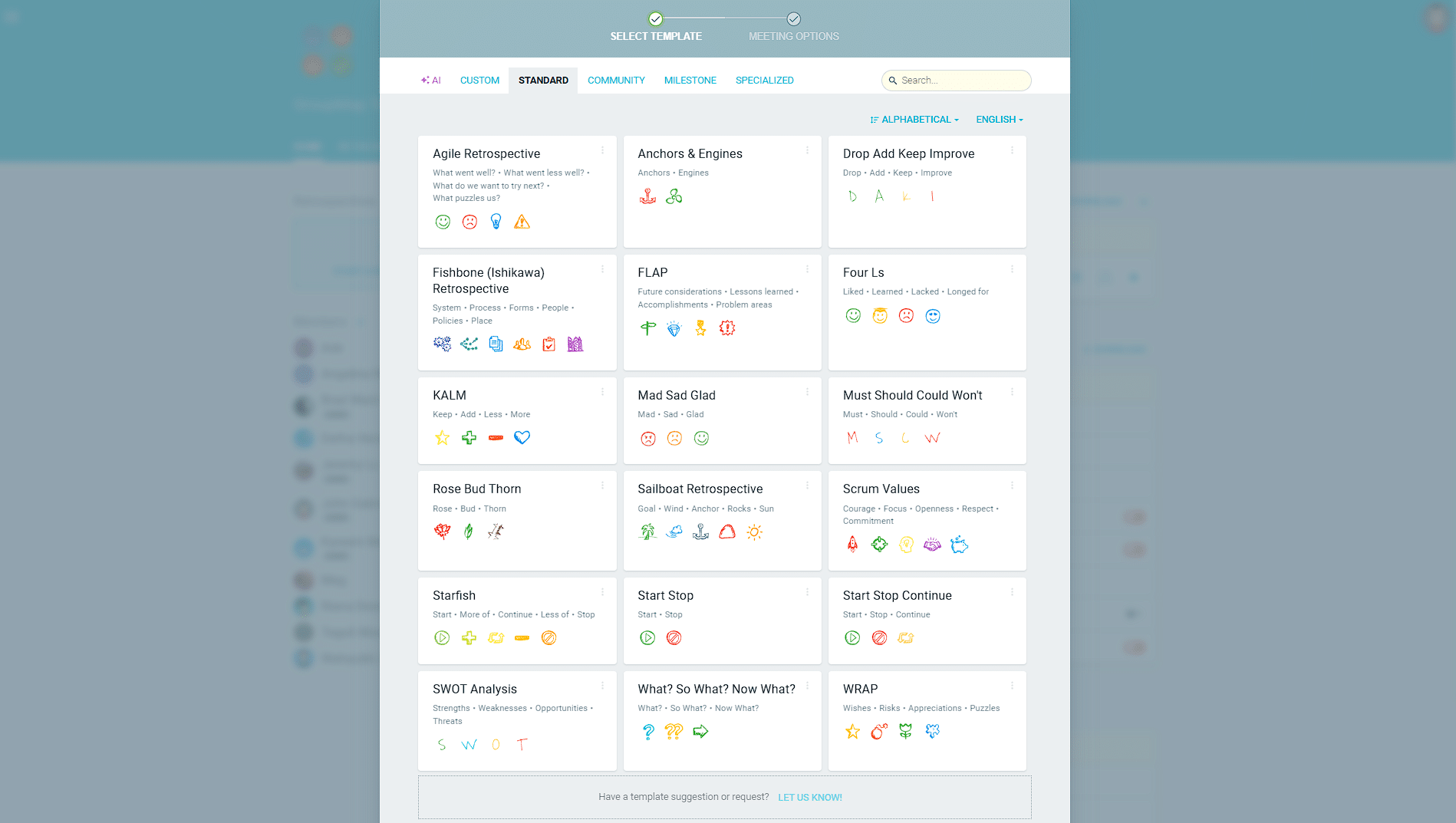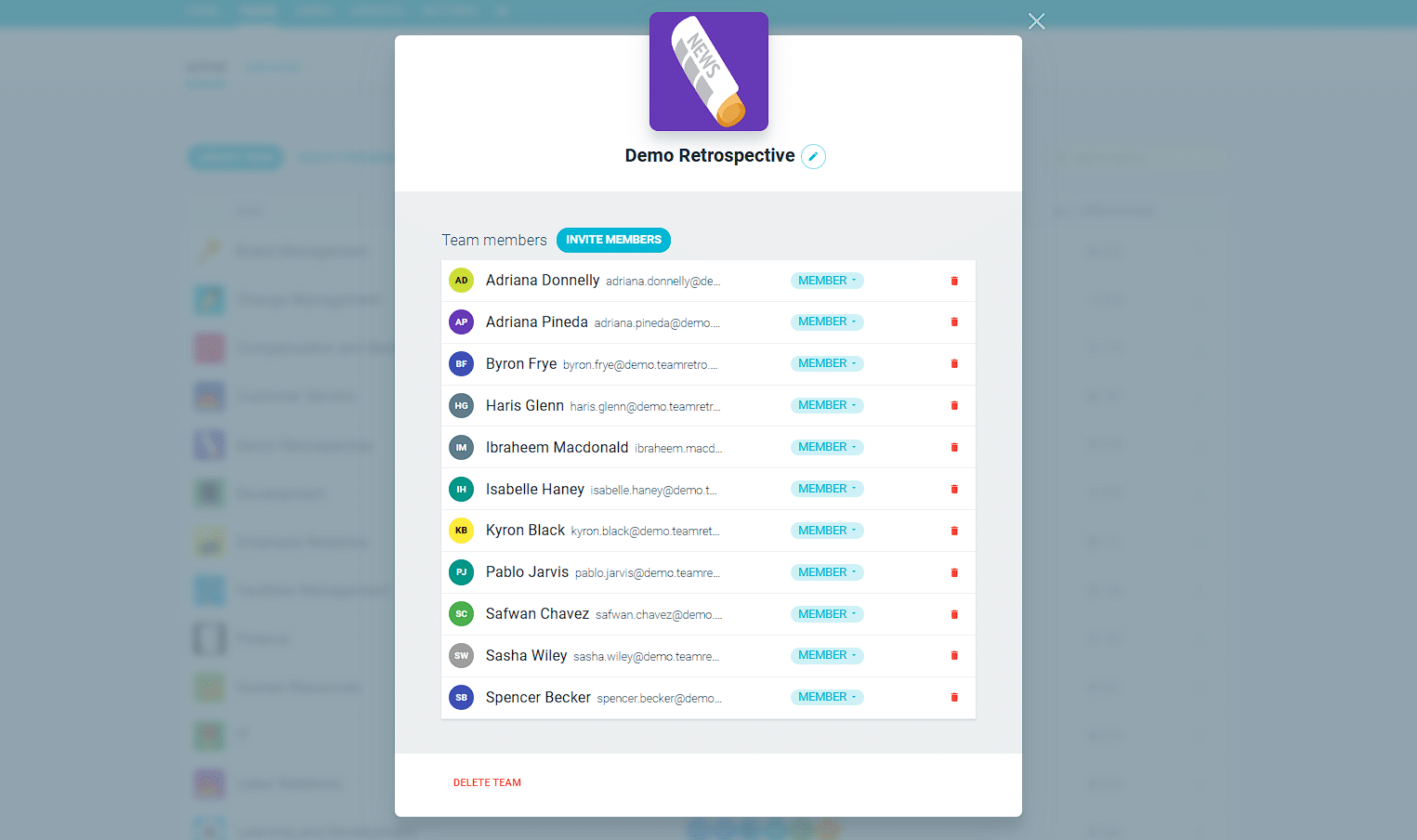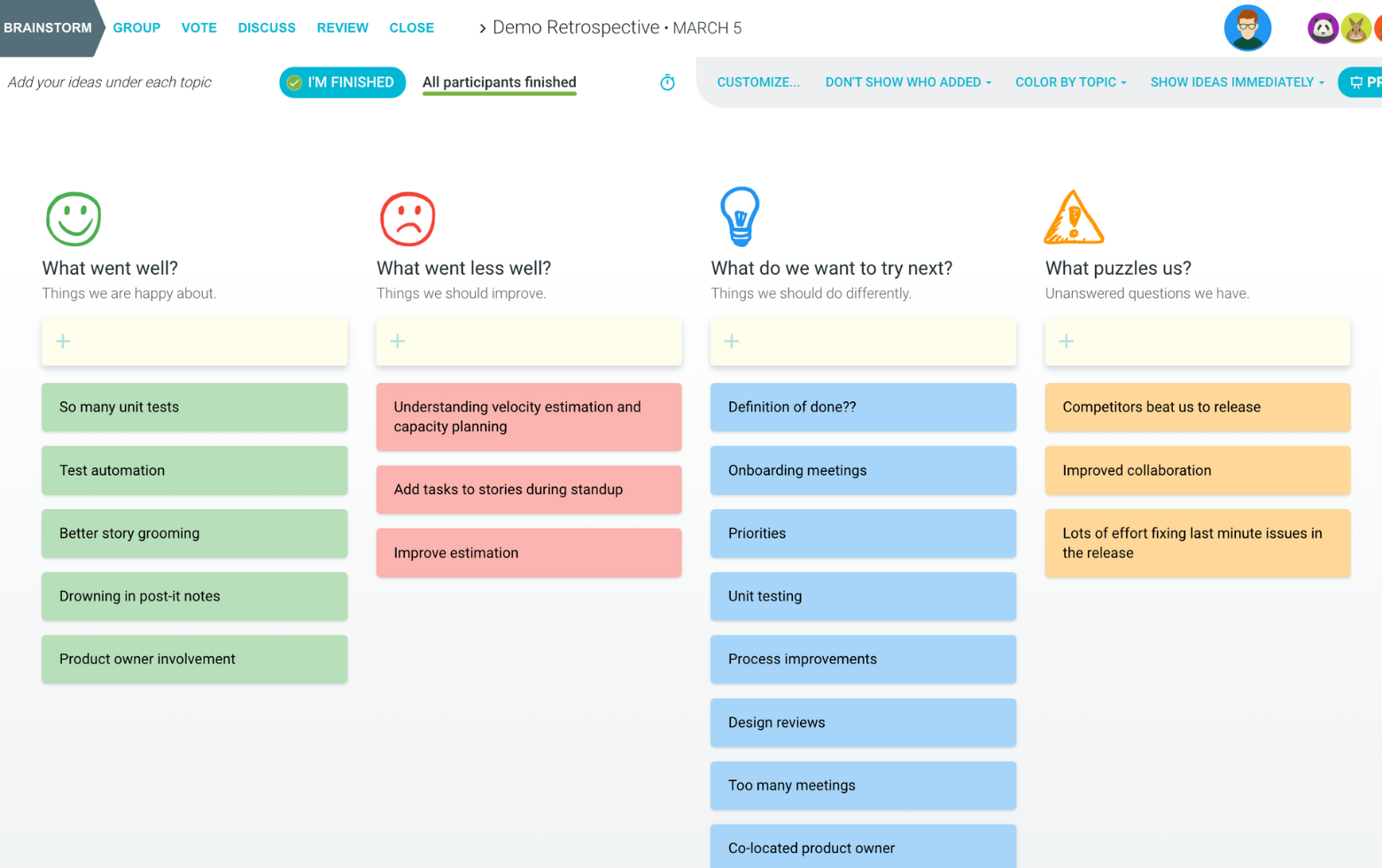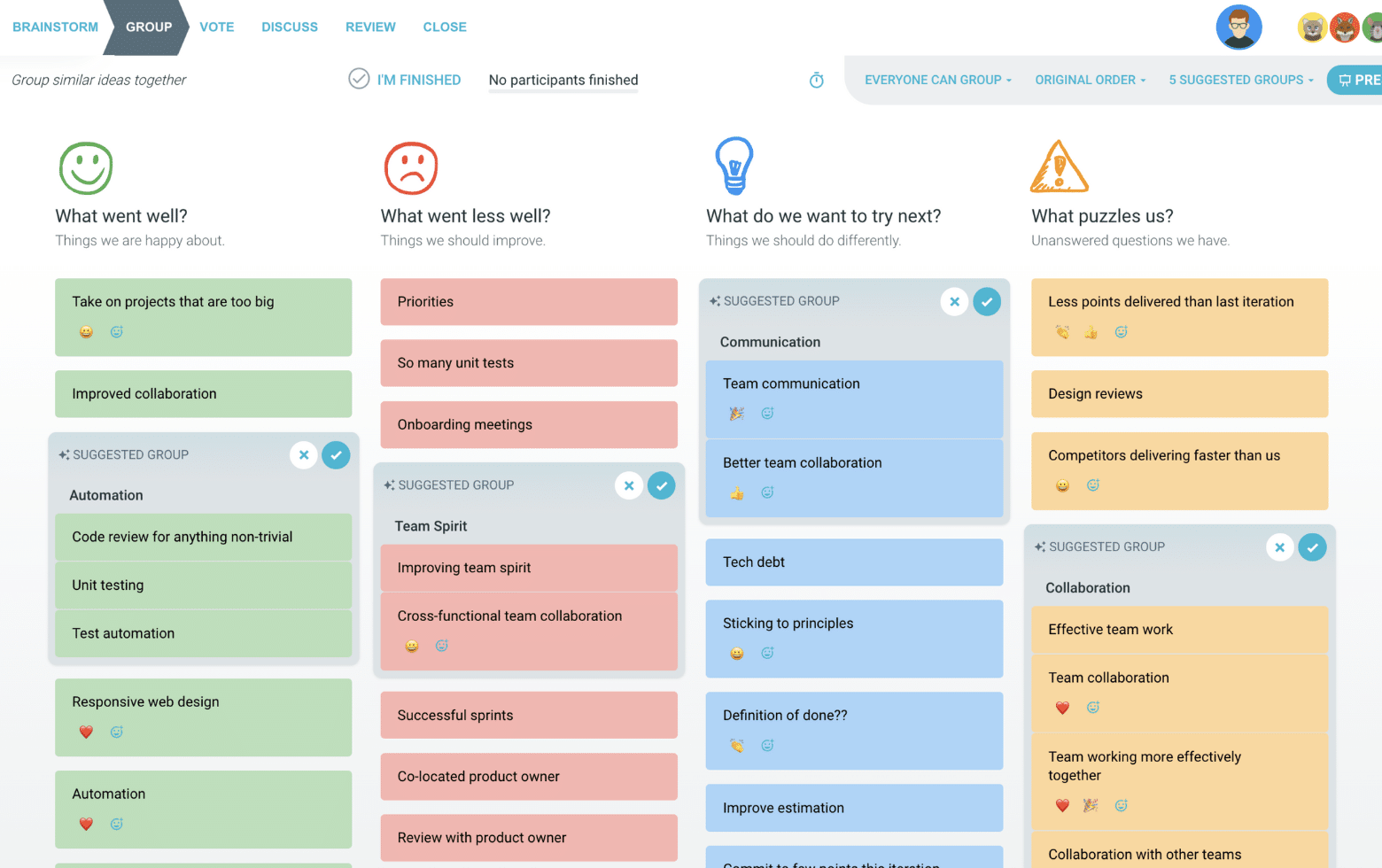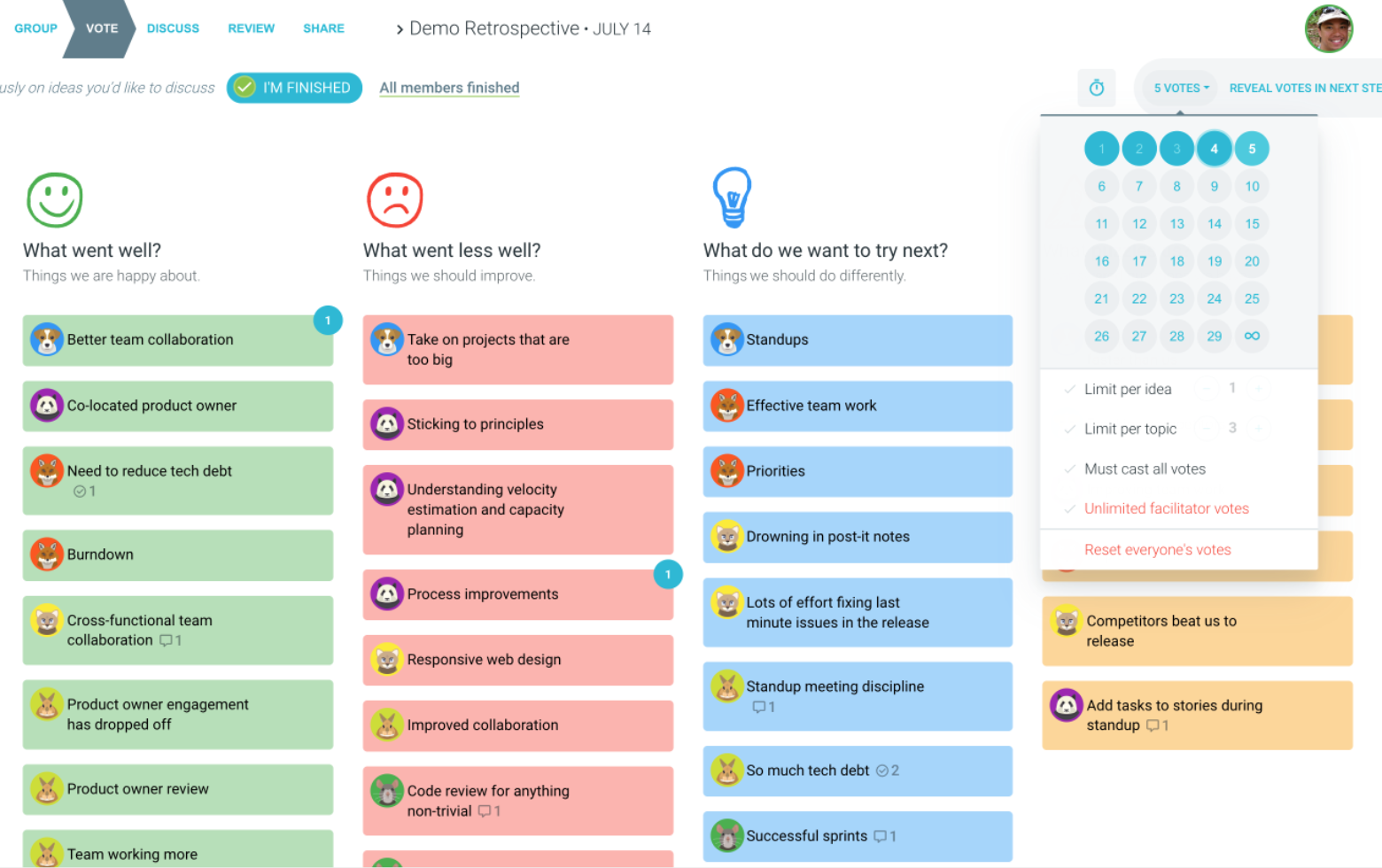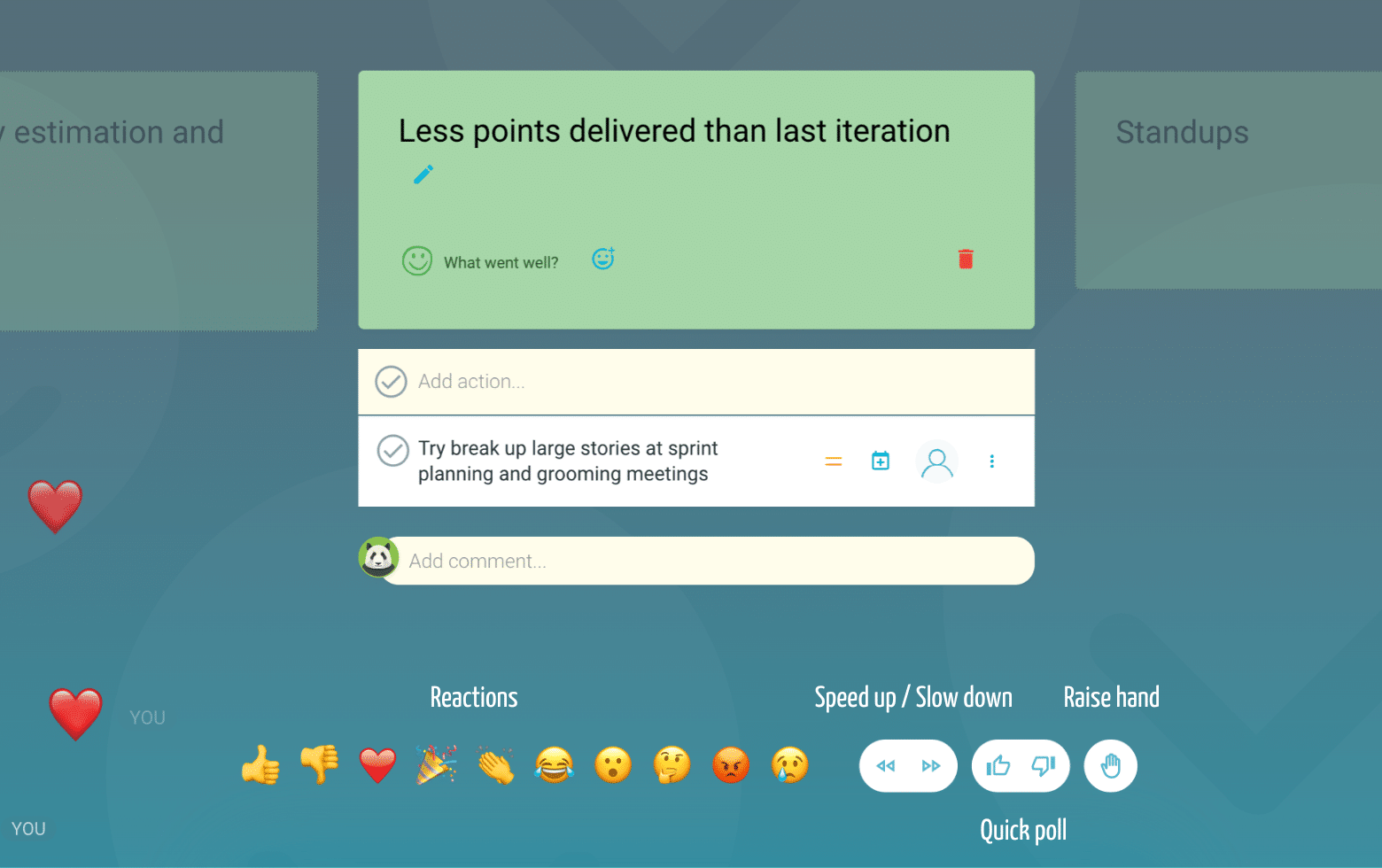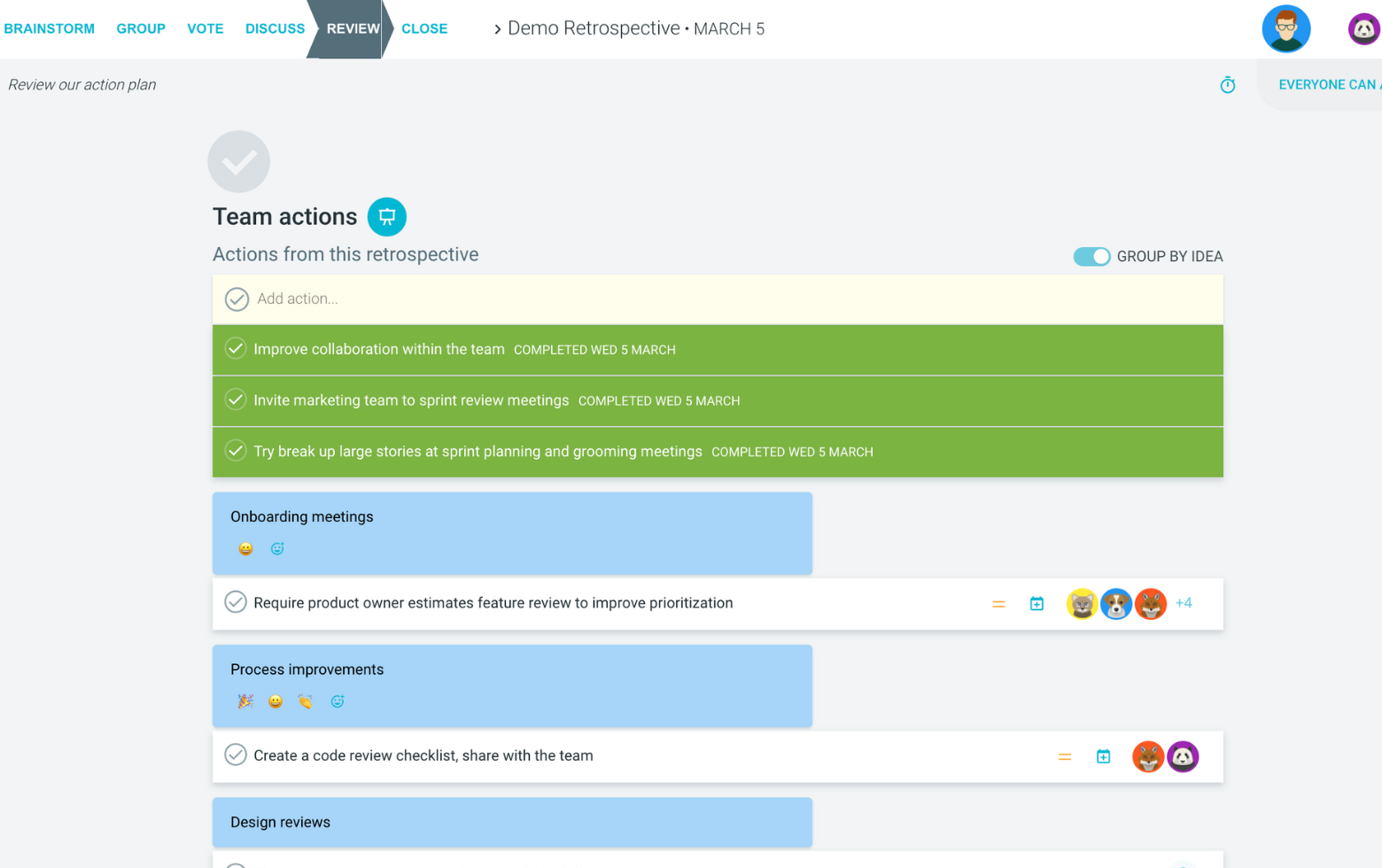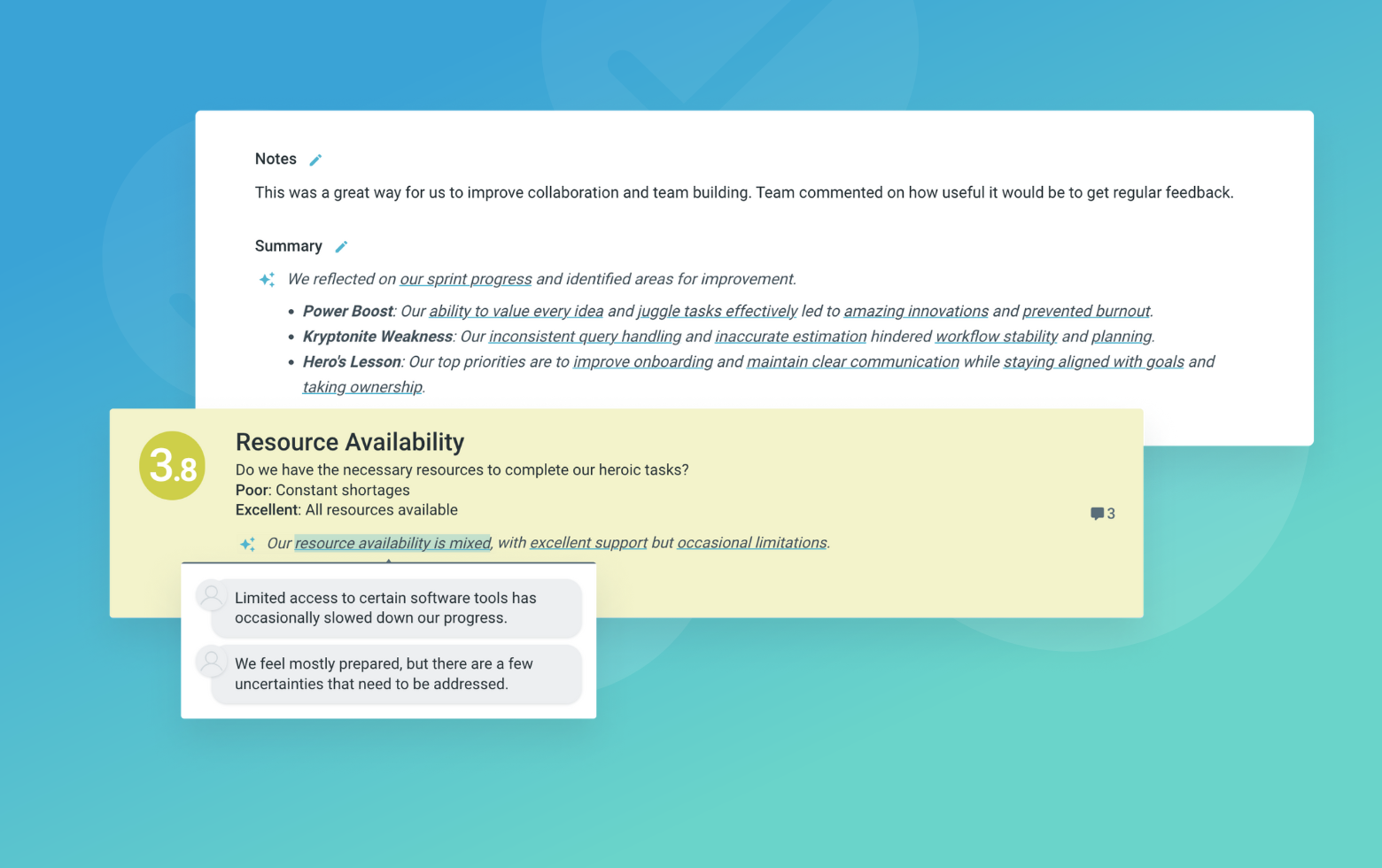The Rate of Improvement (ROI) retrospective helps teams assess their velocity of progress across various areas. It encourages reflection on where efforts yielded the highest returns and where more focus is needed to drive faster improvement. By analyzing their rate of change, teams can strategically allocate resources to maximize growth.
This retrospective aligns with agile methodologies by promoting continuous inspection and adaptation. It fosters a mindset of constant learning and empowers teams to course-correct swiftly. The ROI framework originated from lean manufacturing principles but translates well to knowledge work by measuring the speed of skill development and process optimization.
What is The Rate of Improvement Retrospective
Highest ROI
In which areas did we have the highest ROI?
This topic explores where the team made the most efficient progress over the past iteration or period. Facilitators should encourage specific examples and data points to substantiate claims of high ROI. Understanding these accelerators provides insights into successful strategies that can be amplified.
Lowest ROI
In which areas did we have the lowest ROI?
This topic identifies the areas where efforts did not translate into meaningful progress or improvement. Facilitators should probe for root causes behind low ROI and explore potential remedies. This creates awareness of bottlenecks and inefficiencies that require intervention.
Potential ROI
Where can we improve our ROI?
This forward-looking topic prompts the team to identify opportunities to increase their rate of improvement. Facilitators should encourage creative ideas backed by team insights. Developing an action plan around these opportunities will accelerate future progress.
Suggested icebreaker questions
- If our team was a vehicle, what would it be and why?
- What's one new skill you've developed recently that boosted your productivity?
Ideas and tips for your retrospective meeting
- Use quantitative metrics like cycle times, throughput, and escaped defects to substantiate claims of high or low ROI.
- Avoid conflating high effort with low ROI - sometimes tackling complex challenges requires more investment.
- Ensure psychological safety so the team feels comfortable surfacing areas of suboptimal progress.
- Build accountability by converting potential ROI ideas into concrete action items with owners.
- Consider this a supplement to other retrospective formats focused on processes, teamwork, or technical practices.
.
How to run effective meetings with TeamRetro
Start Your Session in a Click
Log into TeamRetro and choose your template. Customise questions and the workflow to create your perfect retro for your team.
Create Your Team Easily – No Separate Accounts Needed
Brainstorm Individually – Free From Bias
Smart Grouping for Faster Insights
Fair, Flexible, and Fast Voting
Engage, React, and Capture Key Insights
Walk your team through ideas one by one with Presentation Mode. Stay in sync, spark real-time discussions, and capture feedback with comments, live reactions, and polls—all in one place.
Turn Ideas Into Action
Propose next steps with team buy-in, get AI-powered action suggestions, and keep everything in one place. Committed actions sync to your personal dashboard and integrate with your workflow tools—keeping you on track.
Save, Share, and Stay on Track
Get quick AI-powered summaries, add facilitator notes, and store retrospectives in your library for easy access. Schedule your next session and track published actions to keep your team accountable at the next retro.
Turn Team Data into Actionable Insights
Uncover trends, common themes, and key engagement metrics at a glance. Track sentiment shifts, analyze conversations, and monitor completed actions to drive continuous improvement.
